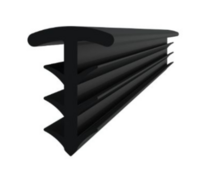ClevelandCo440
New Member
Thanks in advance for any help you can offer!!!
I am working on a system design however there are a few areas I was hoping I could get some input.
What company has the best mounting system for mounting solar panels in a water tight configuration to a wood structure? Need suggestions.
The solar panels will be the water tight roof surface.
Also, any recommendations for engineers or solar consultants in Ohio?
Thank you again!!!
I am working on a system design however there are a few areas I was hoping I could get some input.
What company has the best mounting system for mounting solar panels in a water tight configuration to a wood structure? Need suggestions.
The solar panels will be the water tight roof surface.
Also, any recommendations for engineers or solar consultants in Ohio?
Thank you again!!!





